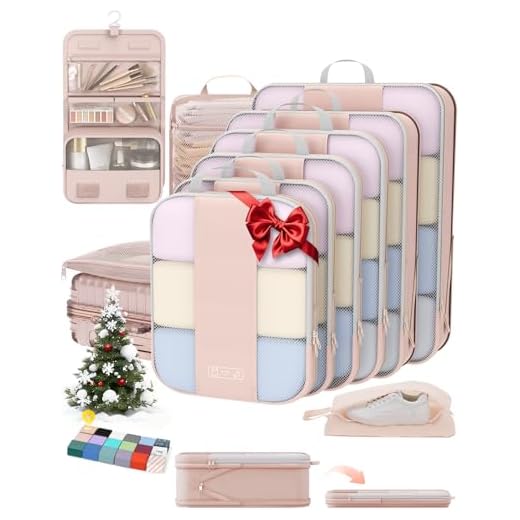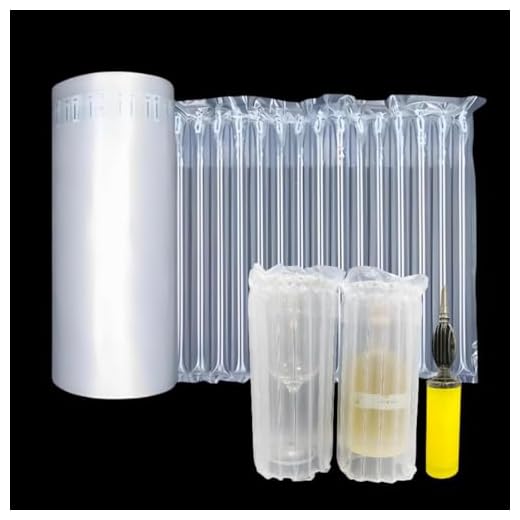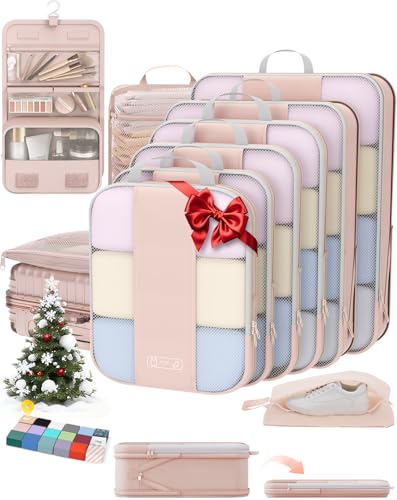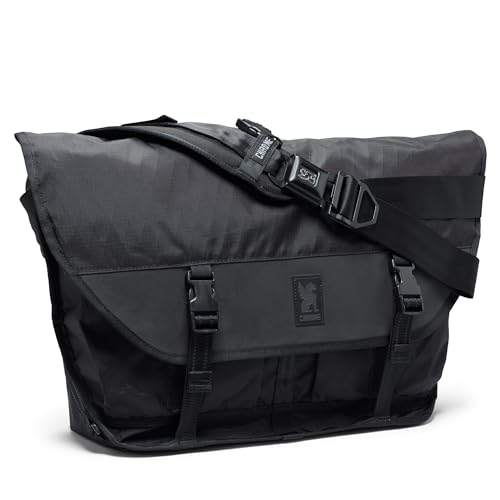



Pack securely! Firearms, sharp objects, or items containing flammable materials are strictly prohibited. Always consult your airline’s regulations before arranging your gear.
Include personal items like clothing, toiletries, and certain electronics in your travel container. Chargers and laptops usually get a green signal, but make sure they’re packed safely to avoid damage.
Be cautious with special items such as sports equipment or musical instruments. Most airlines allow them, but check for specific requirements that may apply.
Perishable goods might be restricted due to customs regulations. Familiarize yourself with the rules at your destination to prevent any surprises upon arrival.
For a smooth experience, consider labeling your belongings and informing your carrier about any valuable or fragile items. Taking these steps can help ensure your possessions arrive unharmed.
What Can I Travel With on My Checked Luggage
Items permitted for transport in your baggage include a variety of personal belongings and essentials. Here’s a summary of what to pack:
| Category | Examples | Restrictions |
|---|---|---|
| Clothing | Shirts, pants, jackets | None |
| Footwear | Sneakers, boots, sandals | Avoid excessive weight |
| Personal Care | Toothpaste, shampoo, lotions | Liquid limits may apply |
| Electronics | Laptops, tablets, cameras | Check specific airline policies |
| Food Items | Canned goods, snacks | Check customs regulations |
| Sporting Goods | Golf clubs, skis, bicycles | Extra fees may apply |
| Gifts | Unwrapped presents | Avoid restricted items |
Always verify individual airline guidelines for specific limitations regarding size, weight, and type of items allowed. Secure fragile possessions to prevent damage during transport.
Understanding Airline Regulations for Checked Luggage
Familiarize yourself with the specific rules of your airline regarding hold baggage. These guidelines typically outline prohibited items, restricted articles, and weight limits. Always reference the airline’s official website for the most current information, as regulations may differ across carriers.
Many airlines enforce strict weight restrictions, often ranging from 50 to 70 pounds (23 to 32 kilograms). Exceeding this limit commonly incurs additional fees. Consider using a digital scale prior to departure to avoid unexpected charges.
Items classified as hazardous materials, such as flammable substances, explosives, or toxic chemicals, are universally banned. For tools, sharp objects like knives and scissors must usually adhere to size restrictions, typically no more than 4 inches (10 cm) in blade length.
Inspect provisions regarding electronic devices. Certain airlines may mandate that lithium battery-powered items, including e-readers and drones, be packed in carry-on bags. Verify if any specific restrictions apply before your flight.
Fragile articles should be packed securely to prevent damage. Utilize cushioning materials like bubble wrap or soft clothing to protect valuables. Additionally, it’s advisable to label these items clearly to ensure careful handling by airport personnel.
Bear in mind that certain items may not be permitted in larger quantities. For example, liquids are often limited to individual containers of up to 3.4 ounces (100 ml), but specific allowances may apply to hold baggage. Check your airline’s policy on liquid restrictions to comply.
Lastly, verify any additional requirements based on your destination. Some countries have unique regulations regarding agricultural products, electronics, or souvenirs. Researching these beforehand will facilitate smoother passage through customs and security.
Items Allowed vs. Prohibited in Checked Baggage
Sharp objects such as knives and scissors are prohibited while tools exceeding a specific size may be restricted. Firearms generally require additional documentation and must be declared before the flight. Sporting equipment like golf clubs can be transported but ensure they are properly packed to avoid damage and meet airline size regulations.
Permitted Items
Personal items, clothing, and toiletries are acceptable as long as they comply with airline weight limits. Electronics such as laptops and cameras can be placed in this compartment, yet it’s advisable to keep them in a protective case. Gifts can also be included, but ensure they are not perishable or hazardous.
Items to Avoid
Aerosol sprays and flammable materials are not allowed; these include items like lighter fluid and certain cleaning products. Batteries, especially lithium types, often face restrictions; check specific guidelines for transport. Additionally, live animals are generally banned from being stored in the hold without prior arrangements. Ensure compliance with local and international regulations to avoid issues at the airport.
Guidelines for Packing Liquids and Gels
Containers for liquids and gels must not exceed 100 milliliters (3.4 ounces). Ensure all bottles are securely closed to prevent spills. Place these items in a transparent, resealable plastic bag not larger than 1 liter (approximately 1 quart). Each passenger is allowed only one bag, which should be easily accessible during security checks.
Items such as shampoo, conditioner, lotions, and perfumes fit within these specifications. Avoid packing items that are in glass containers unless they are exceptionally well-wrapped to mitigate breakage risks. Larger bottles can be stored in the hold instead.
For medications in liquid form, carry prescriptions and medical documentation. It’s advisable to keep these within the plastic bag for easy access and clarity for security personnel. Frozen gels for cold packs are generally not permitted, unless they are required for medical purposes.
Be cautious of local regulations that might vary by airport or airline. Always check for updates before departure to ensure compliance with all rules concerning liquids and gels in personal belongings.
Traveling with Electronics in Checked Baggage
Electronics like laptops, tablets, and cameras should typically stay in your carry-on. However, if you must place them in the hold, ensure they are securely padded and switched off. Utilize appropriate covers or cases to prevent damage during transit.
When placing batteries inside your suitcase, alkaline batteries are generally acceptable. Lithium-ion batteries, common in many devices, have strict regulations. Devices must often be under the airline’s capacity limits for such batteries. Inquire beforehand to avoid compliance issues.
Charging cords and accessories are typically permitted but consider securing them in such a way that they do not entangle with other items in the bag. Loss or damage during handling is a common risk; extra precautions reduce this hazard.
Avoid including any device that has liquid components, as these can leak and damage personal items. In case of unforeseen spills or accidents, knowing how to clean your bag is useful; check out this guide on how to clean a suitcase with cat pee.
For wireless devices, disable any features that might automatically power them on when they detect motion. This not only preserves battery life but also minimizes the chances of accidental activation.
Consult your airline’s specific policies regarding the maximum number of devices you may check. While most allow multiple items, limitations can vary significantly among different carriers.
Best Practices for Packing Fragile Items Securely
Wrap fragile objects in bubble wrap or foam padding to provide cushioning and protection. Secure the wrapping with tape to prevent shifting during transport.
Layering Techniques
- Use a hard-sided case for additional protection.
- Place heavier items on the bottom and lighter ones on top to minimize pressure.
- Fill empty spaces with clothing, towels, or packing peanuts to prevent movement.
Labeling and Identification
- Clearly mark your suitcase as containing fragile contents with bright labels.
- Include contact information inside in case the bag gets lost or damaged.
- Consider taking photos of the packed items for reference during claims if needed.
Avoid packing fragile items near sharp or heavy objects that might cause damage. Arrange items in a way that minimizes risk, ensuring that each piece is secured and cushioned adequately.
How to Declare Valuable Items in Your Luggage
Always notify the airline about any high-value possessions before check-in, such as jewelry, electronics, or important documents.
Steps for Declaration
- Check the airline’s policy on valuable items; specific rules may apply.
- Prepare an accurate list of valuable items, including their estimated worth.
- Complete any required forms for declaring items with the airline.
Insurance Considerations
- Consider purchasing additional insurance for high-value belongings.
- Take photos and keep receipts of valuable items for claim purposes.
- Review airline liability limits for lost or damaged items.
For convenience, always pack valuable items securely, and consider using a best modern umbrella stroller for transporting fragile or important items when navigating the airport.







